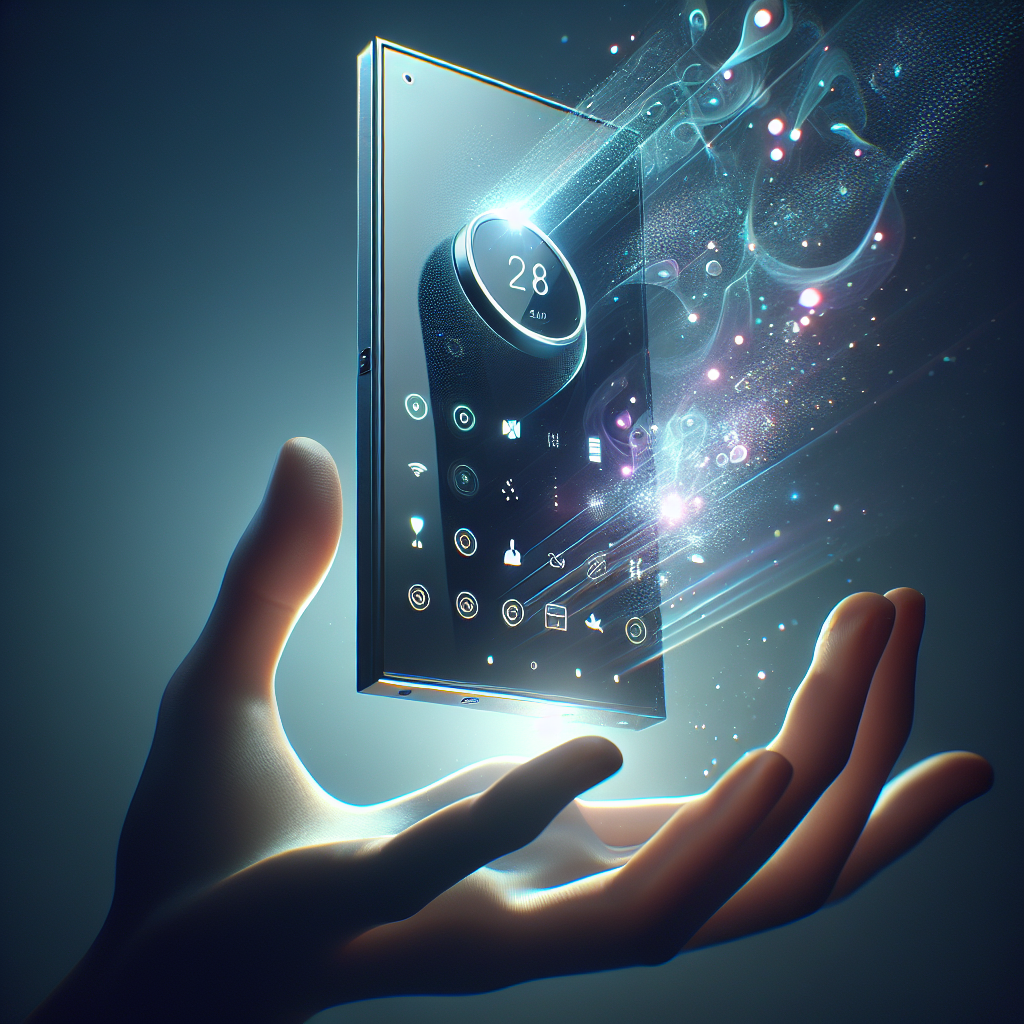
Elon Musk and Grok recently described a bold future: smartphones becoming “dumb boxes” that only run AI. No apps, no iOS or Android. Just a pocket-sized brain generating every pixel and sound in real time.
The claim sounds magical, but it misses reality. An operating system like iOS or Android cannot be replaced by a large language model. An OS manages hardware, memory, processes, and security. These are deterministic functions. AI models, by contrast, work with probabilities. They are powerful for interpretation and creativity, but not for the precise control needed to keep systems reliable and safe.
A clear example comes from Tesla. Its cars use AI to recognize traffic lights, pedestrians, and road markings. But the critical controls—braking, steering, stability—are handled by traditional software and microcontrollers. The AI can misinterpret, but deterministic safety layers make sure the car still behaves correctly.
The same principle applies to phones and other devices. Edge nodes will grow stronger, with faster chips, more memory, and local AI processing. This shift is driven by privacy, latency, and bandwidth limits. But it will not lead to one giant AI brain on every device. Instead, the future is hybrid: classical software, specialized AI models, and cloud services working together.
There is also a commercial reality. Companies like Apple and Google depend on their app ecosystems. They have no incentive to replace them with a single AI layer. Their strategy is integration: AI embedded deeper into the system, not as a total replacement.
History shows the same pattern. Energy moved from central plants to rooftop panels, but both remain. Work shifted from factories to homes, but both continue. AI will follow that path: not revolution, but evolution. A hybrid future—where AI plays a vital role, but never the only one.











































